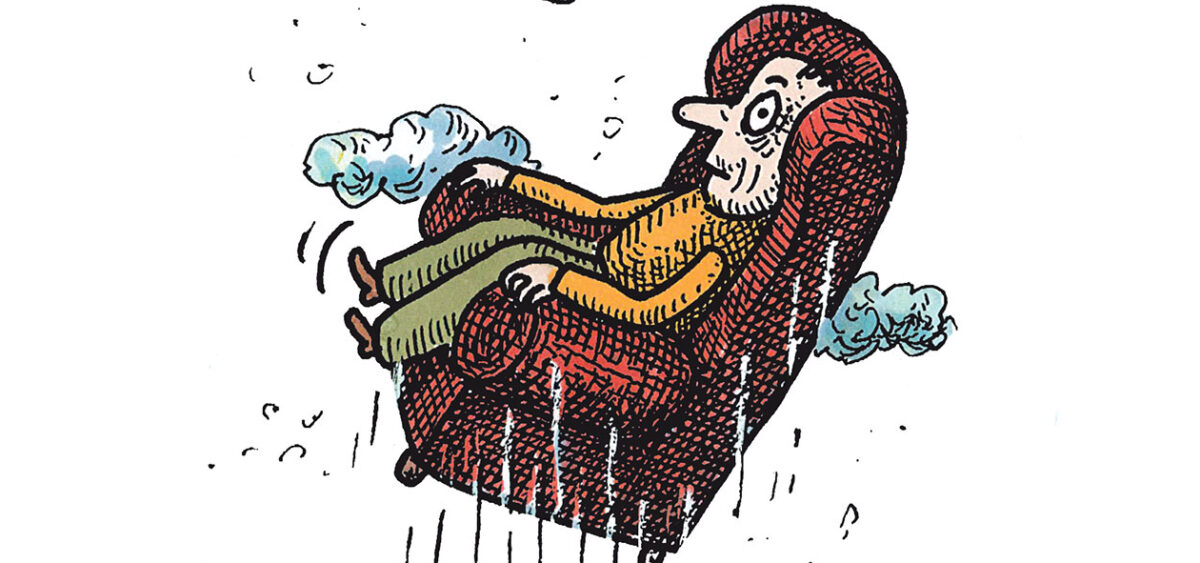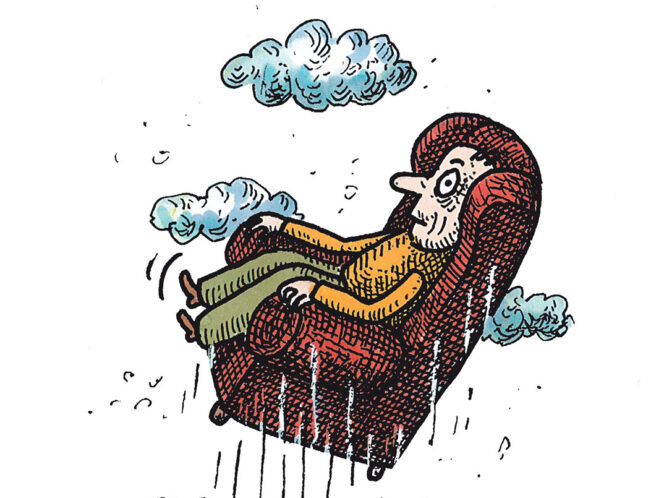
Our increasingly effective methods of reanimation have one advantage that may go overlooked: those who come back to life supply us with more descriptions of what they saw and felt when they were nearly dead. Neurologists are eager to hear such stories.
Heart attack. Pain. Terror. Panic attack. Cardiac arrest. Cerebral hypoxia. Loss of consciousness. Silence. Time stands still, though the hands of the watch keep marking the seconds and minutes. Reanimation. Restoration of the vital functions. Restoration of consciousness.
Research shows that around 20 percent of patients who have experienced clinical death and returned to the world of the living remember the experience. They not only describe their state as conscious but they also claim it was more vivid than waking life. Moreover, they are certain that the experiences they recall are absolutely real. These memories, although they come from a wide range of people, bear an astonishing similarity. These are defined as NDEs, or Near-Death Experiences. This phenomenon was popularized in the 1970s by American doctor and psychologist Raymond Moody, author of Life after Life. Yet similar descriptions can also be found in Plato’s Republic as well as the Bible and the Egyptian Book of the Dead or the Tibetan Book of the Dead. The people around the world who have had near-death experiences number in the millions, and, with advancements in resuscitation techniques and reanimation, this number is only rising. Although most of the testimonies come from people whose state of clinical death came from a heart attack, injury, or stroke, it seems this kind of experience could also happen in moments of mortal danger. It has also been described by those who have had serious, potentially fatal, accidents or victims of crimes who did not quite experience cardiac arrest and never stopped breathing.
The incredible consistency of phenomena experienced by patients in a state of clinical death has served as the basis for charting the most common symptoms, which are used to classify a patient’s experience as near-death. According to psychiatry and neurobehavioral sciences professor Bruce Greyson, these symptoms include: a disrupted sense of time, speeding up of thought processes, life flashing before one’s eyes, a sense of total understanding, peace, pleasure, being united with the universe, the impression of being surrounded by light, unnaturally acute sensory impressions, extrasensory perception, cognitive visions, loss of a sense of physicality, the impression of being outside of the world, the presence of gods, angels, or spirits of the dead, and, finally, hovering on the border between life and death. The American psychologist Kenneth Ring,






